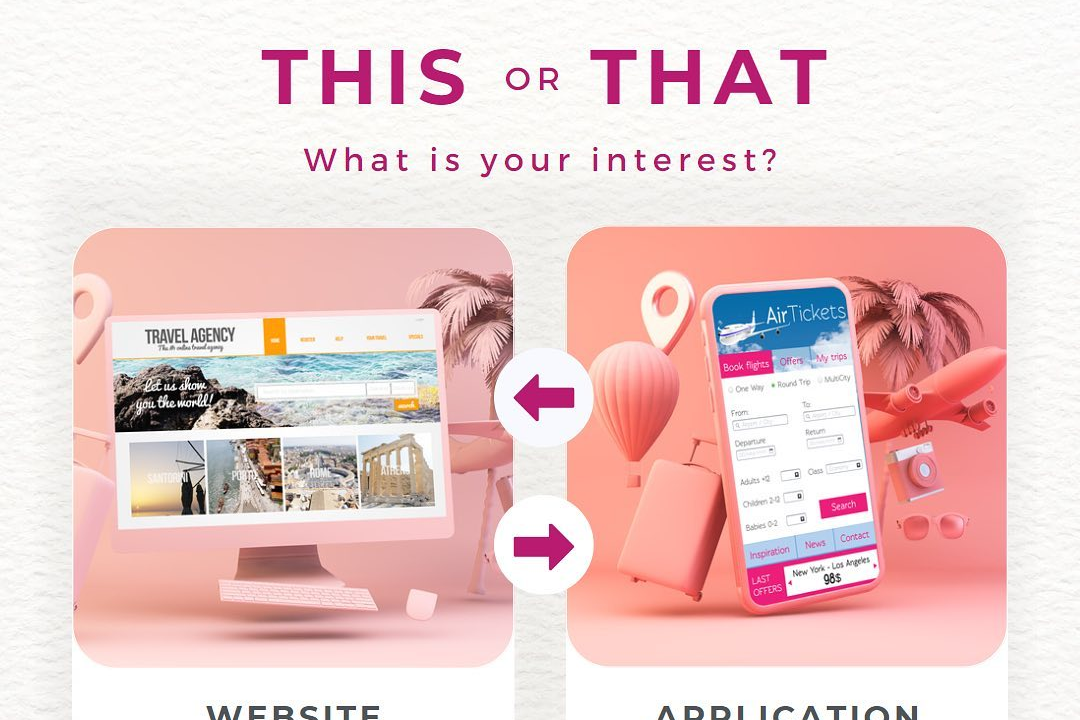flutter with RESTful services
Building Flutter Applications with RESTful Services
flutter with RESTful services
Flutter is a UI toolkit developed by Google for building natively compiled applications for mobile, web, and desktop from a single codebase. When integrating Flutter with RESTful services, developers can leverage the `http` package to make network requests to backend APIs. This allows Flutter applications to send and receive data in JSON format, enabling real-time updates and dynamic content. The asynchronous nature of Dart, Flutter's programming language, facilitates smooth interactions with these services, allowing for efficient data fetching and state management. By combining Flutter's rich widget library with RESTful services, developers can create responsive and interactive applications that seamlessly connect to server-side resources.
To Download Our Brochure: https://www.justacademy.co/download-brochure-for-free
Message us for more information: +91 9987184296
1 - Introduction to Flutter: Flutter is an open source UI software development toolkit created by Google that allows developers to build natively compiled applications for mobile, web, and desktop from a single codebase.
2) Dart Programming Language: Flutter uses Dart as its primary programming language. Students will learn the basics of Dart, including syntax, data types, and functions, which are essential for building Flutter applications.
3) Flutter Architecture: Understanding the architecture of Flutter, including its widget tree, rendering process, and how it handles state management, is crucial for building efficient apps.
4) Widgets in Flutter: Flutter is all about widgets. Students will explore the different types of widgets (stateless and stateful) and how to use them effectively to build user interfaces.
5) Setting Up Flutter Environment: This involves configuring the development environment on various platforms (Windows, Mac, Linux) by installing Flutter SDK, setting up an IDE (e.g., Visual Studio Code or Android Studio), and running the first Flutter app.
6) Introduction to RESTful Services: REST (Representational State Transfer) is an architectural style for designing networked applications. Students will learn what RESTful services are and how they facilitate communication between client and server.
7) HTTP Requests in Flutter: Understanding how to make HTTP requests using the `http` package to interact with RESTful APIs, including GET, POST, PUT, DELETE methods.
8) JSON Serialization: Students will learn how to handle data interchange formats, specifically JSON, which is widely used in REST APIs, and how to serialize and deserialize JSON to Dart objects.
9) Error Handling: Properly managing errors during network calls is crucial for user experience. This section teaches students how to handle exceptions related to HTTP requests and server responses.
10) State Management Solutions: Various state management techniques (Provider, Riverpod, BLoC, etc.) are used in Flutter. Understanding these will help manage the state in apps that consume RESTful services effectively.
11) Building a Sample App: The course should include creating a sample Flutter application that consumes REST APIs. This practical approach helps in reinforcing theoretical knowledge.
12) Asynchronous Programming with Futures and Streams: Flutter's UI is dynamic. Students will learn how to use Dart's `async` and `await` keywords for asynchronous programming, which is essential for handling RESTful service responses.
13) Displaying Data: After fetching data from REST APIs, students will learn how to display this data in Flutter using widgets like ListView, GridView, and other UI components.
14) Authentication and Authorization: Many RESTful services require user authentication. Students will explore how to incorporate authentication mechanisms (like JWT) in their Flutter apps to access secured APIs.
15) Best Practices and Design Principles: Discussing best practices for designing RESTful APIs and architecting Flutter apps can enhance the quality of the projects students will work on.
16) Testing Flutter Apps: It’s important to test applications to ensure they work as expected. Students will learn how to write unit tests for their Flutter applications and how to test REST API interactions.
17) Deploying Flutter Applications: Knowledge about deployment options across different platforms (iOS, Android, Web) and how to manage versions and updates for Flutter applications that communicate with RESTful services.
18) Troubleshooting Common Issues: Students will be equipped with troubleshooting tips for common issues faced when integrating Flutter applications with RESTful services, enhancing their problem solving skills.
This training program outline provides a comprehensive foundation for students interested in learning Flutter and RESTful services, enabling them to build scalable and efficient applications.
Browse our course links : https://www.justacademy.co/all-courses
To Join our FREE DEMO Session: Click Here
Contact Us for more info:
Android Application Programming Language
iOS Application Design Principles
Java And Machine Learning
pmp course duration in india
salesforce learning











